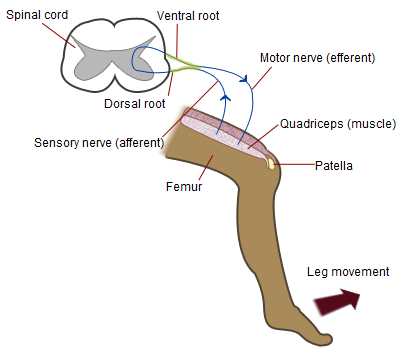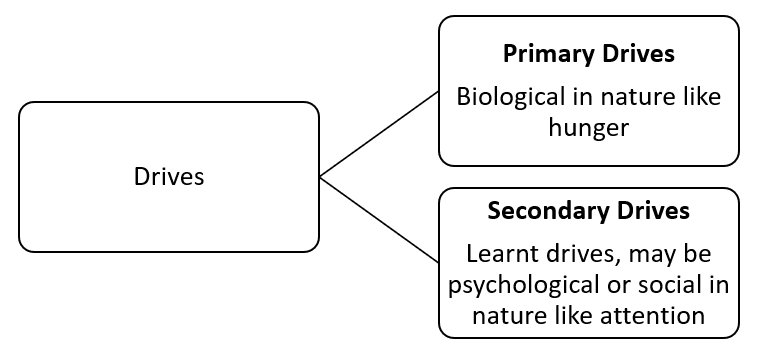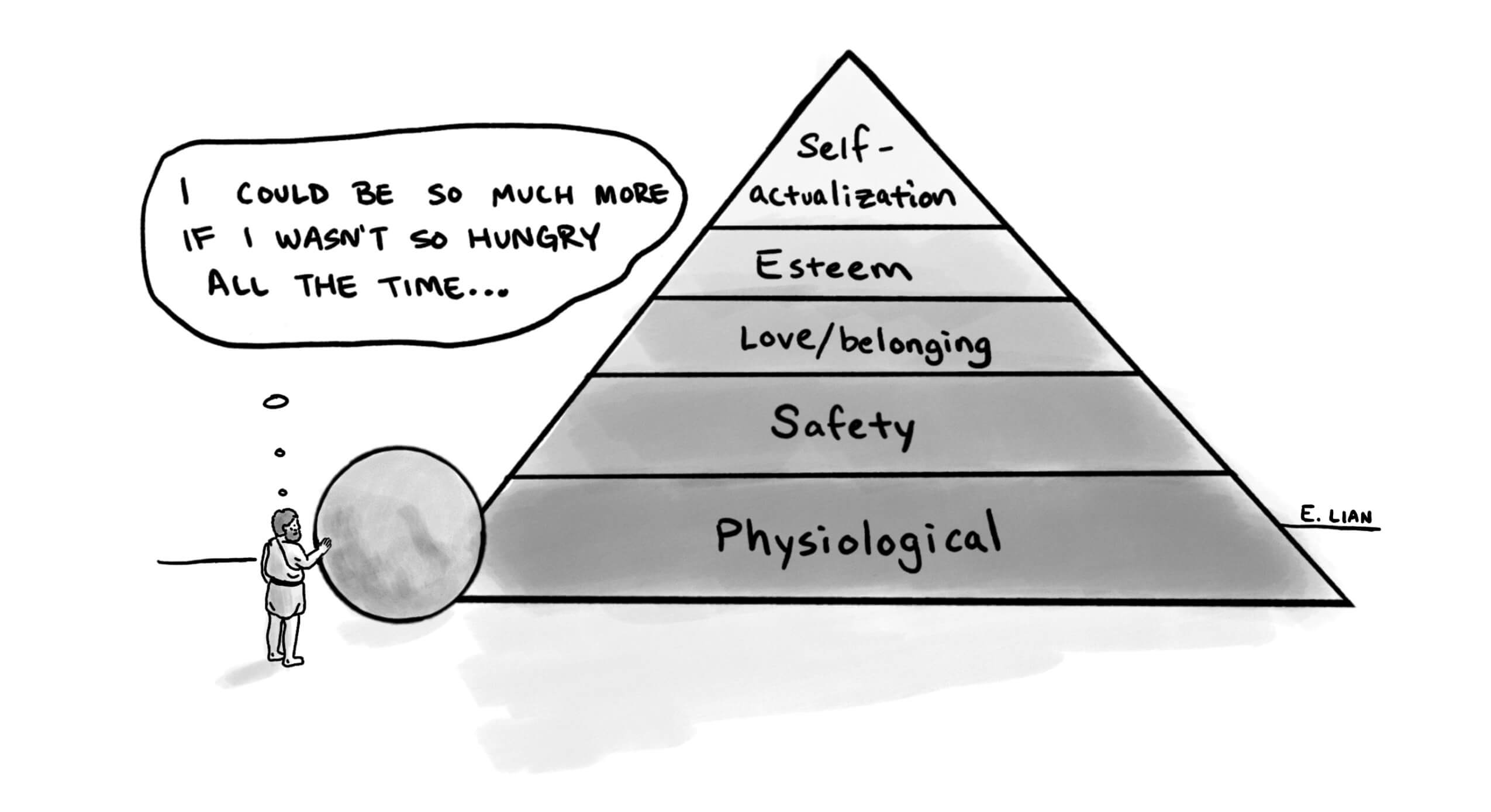What is Motivation?
Motivation is the process by which behavior is activated and directed toward some definable goal. It is the driving force that compels individuals to act in certain ways to fulfill needs, desires, or aspirations. Motivation influences nearly every aspect of human behavior, from basic survival needs to complex social interactions and personal growth. Understanding motivation is crucial in various fields, including psychology, education, business, and healthcare.
According to Reeve (2018), motivation involves both the internal processes that give behavior its energy and direction and the external influences that initiate and sustain it. Motivation can be intrinsic or extrinsic. Intrinsic motivation comes from within an individual and is driven by personal satisfaction, curiosity, or a sense of accomplishment. For example, a person may read a book because they genuinely enjoy learning. Extrinsic motivation, on the other hand, is influenced by external factors such as rewards, recognition, or avoiding punishment. A student who studies to earn a high grade or an employee who works extra hours for a bonus is acting on extrinsic motivation.
Read More- Theories of Motivation at Workplace
Characteristics of Motives
Reeve (2018) emphasizes several key characteristics of motivation-
- Motives are Inferences – Motives cannot be observed directly. Their existence is inferred by analyzing an individual’s behavior and responses to various situations. By observing behavior, psychologists can identify the underlying motives driving an individual’s actions.
- Motives can be Unconscious – People may not always be aware of their motives, and others may infer these motives based on observed behavior and reactions. For example, a person may exhibit perfectionist tendencies without realizing that it stems from a deeper need for approval or fear of failure.
- Motives Help Explain Behavior – Understanding motives helps clarify why individuals think, feel, and act in specific ways, providing deeper insight into human behavior. For example, a person may overeat not only due to hunger but as a coping mechanism for stress or emotional distress.
- Motives Help Predict Behavior – Recognizing patterns in motivation allows for better predictions of future actions and decision-making processes. If an individual has a strong intrinsic motivation for achievement, they are likely to seek challenges and persevere despite obstacles.
- Different Motives May Lead to Similar Actions – The same observable behavior can stem from different underlying motives. Two students may both study diligently, but one may do so out of curiosity (intrinsic motivation), while the other may do so to avoid parental disapproval (extrinsic motivation).
- Human Motivation is Influenced by Multiple Factors – Biological, cognitive, emotional, and social elements interact in shaping motivation, making it a complex and dynamic process. For instance, hunger (a biological factor) may drive eating behavior, but cultural norms and personal preferences (social and cognitive factors) also influence food choices.
Levels of Motivation or Components of Motivation
Motivation involves activation, direction, and persistence in behavior. It operates at various levels, from basic biological instincts to complex cognitive and emotional responses that drive actions. These levels form a hierarchy that ranges from simple reflexes to higher-order thinking and self-actualization.
1. Reflexes
Reflexes are automatic, unlearned responses to specific stimuli. Reflexes serve as the most fundamental form of motivation, helping organisms respond quickly to their environment for survival. Examples-

Simple Reflex
- Gag Reflex – Protects against choking by expelling unwanted substances from the throat.
- Knee-Jerk Reflex – Helps maintain balance and posture.
- Blinking Reflex – Protects the eyes from foreign particles or bright light.
These reflexive responses ensure immediate protection and maintenance of homeostasis, highlighting the biological basis of motivation at its most fundamental level.
2. Instincts
Instincts are innate behavioral tendencies that are specific to a species and are typically triggered by environmental stimuli. Unlike reflexes, instincts involve a sequence of actions directed toward achieving a goal. Instincts guide behaviors essential for survival and reproduction.
For example:
- Birds migrating during seasonal changes.
- Newborn babies sucking for nourishment.
- Spiders spinning webs without prior learning.
Instinctual behaviors are hardwired but can be modified by experience. While instincts play a crucial role in motivation, human behavior is more flexible and influenced by learning and culture.
3. Drives
Drives are internal states that arise from physiological needs such as hunger, thirst, or sleep. These needs create discomfort, compelling an individual to take action to restore balance. Drives help maintain homeostasis, ensuring the body functions properly (Reeve, 2018).

Types of Drives
Examples of primary drives include:
- Hunger Drive – Encourages eating to maintain energy levels.
- Thirst Drive – Leads to fluid consumption to prevent dehydration.
- Sleep Drive – Promotes rest and recovery.
Acquired (Secondary) Drives
When initially neutral stimuli become associated with primary drives, they develop into secondary drives. Unlike primary drives, secondary drives are learned through experience.
For example:
- Fear of failure – Developed through past experiences of criticism or low self-esteem.
- Desire for money – Money itself is not a biological need, but it becomes a strong motivator because it is associated with the ability to satisfy primary needs like food and shelter.
4. Affect
Affects are emotional and motivational systems that influence behavior and decision-making. Emotions play a crucial role in motivation by directing actions based on pleasure or discomfort (Reeve, 2018).
- Primary Affects – Universal emotions such as happiness, sadness, fear, anger, surprise, and disgust. These emotions are biologically ingrained and are experienced across all cultures.
- Social Affects – Emotions like pride, guilt, and shame help maintain social bonds and group cohesion. These emotions guide behavior in social contexts, ensuring adherence to social norms and expectations.
5. Effectance Motivation
Effectance motivation refers to an innate drive to explore, manipulate, and master the environment. This form of motivation enhances competence and learning, encouraging individuals to acquire new skills and knowledge (Reeve, 2018).

Innate Effectance Motivation
For example:
- Children experimenting with toys to understand how they work.
- Adults pursuing new hobbies or professional skills to enhance personal growth.
Effectance motivation plays a key role in creativity, problem-solving, and adaptability.
Conclusion
Motivation is a multi-faceted concept involving biological, cognitive, emotional, and social factors. It shapes human behavior, decision-making, and goal-directed actions, making it essential for understanding personal development, learning, and adaptation.
By understanding motivation, individuals can harness their intrinsic and extrinsic drives to achieve personal and professional growth. Motivation plays a crucial role in various aspects of life, influencing everything from survival behaviors to aspirations for success and self-fulfillment.
References
Reeve, J. (2018). Understanding Motivation and Emotion (7th ed.). Wiley.
Subscribe to Careershodh
Get the latest updates and insights.
Join 16,505 other subscribers!
Niwlikar, B. A. (2019, April 17). Motivation- Concepts, 6 Insightful Characteristics, and 5 Important Components. Careershodh. https://www.careershodh.com/motivation-concepts-and-components/
